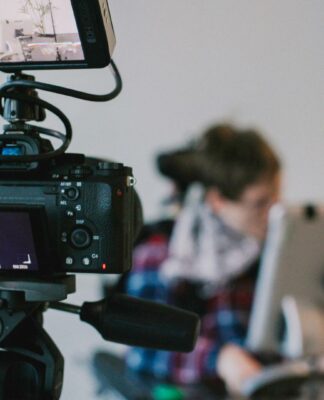Modern medical technology is a sight to behold. It has come a long way from early CT Scans and X-Rays. Thanks to modern technology, doctors can now see the human body from lots of different angles, and access resolutions that offer them a much better understanding of the subject. Along with breakthrough inventions in computer technology, 3D medical imaging software has also made this a reality. Radiologists today depend heavily on 3D technology. Today, we are going to talk about 3D medical imaging technology and what the future beholds for it.
The Change in 3D Medical Imaging Technology Over the Years
X-Ray was developed in 1895, and in the next year, the first X-Ray image was taken but it was not until 1960 that computer-based medical image analysis started. Since then, it has been one breakthrough after another in this sector. Scanners today are much more efficient than ever before and can create 3D images with much spectacular resolution and less noise and artifacts. The 3D medical imaging software used on those machines has improved a lot in terms of performance and proficiency.
In the early days, while performing a CT scan, doctors could take only 4 to 16 slices in a sweep across the body, nowadays, with advanced technology, they can take hundreds or sometimes even thousands of slices in a single examination. This increment in slice count allows them to get a more detailed image of the body and helps examine them better.
3D Technology’s Impact on Medical Imaging
Cinematic rendering is a technology that can make photorealistic images by combining 3D CT or 3D MRI scans and which helps doctors diagnose and during surgery. It’s much like ray tracing that we see in the movies.
In this decade, AI has probably improved the most. The combination of AI and 3D medical imaging is a force to be reckoned with. In March last year, tech company NVIDIA introduced “Project Clara”, an AI virtual supercomputer that can renew the capabilities of medical imaging instruments around the world and can also manage 3D volumetric rendering.
Ultrasonographers can now use a probe to examine the patient’s body, take 3D image sweeps across the body and send them to the 3D workstation. They then take these snapshots to create additional 3D views.
Future Expectations
Sensors have played a pivotal part in medical imaging for the last two decades. The next decade will revolve around computation and AI. They make medical imaging more efficient and save time. We will see a shift towards cloud-hosted applications, as that will give us much space for storing and archiving. Also, it will make us able to access the data remotely.
Conclusion
3D medical imaging software and free medical imaging software has made our lives easier by doing our job in half the time all the while giving us better images than before. When doctors have powerful tools like AI and 3D imaging, they will provide us much better treatment and with more inventions on the way, the future for medical imaging is very bright.


















